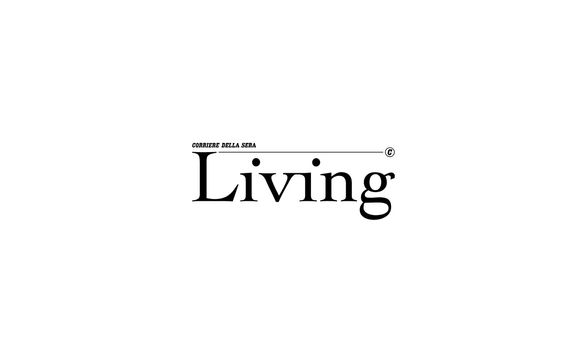Headquarters with a view

Published
03 Jan 2018
Reading
4 min
By Laura Ragazzola
The new COIMA headquarters in Milan faces the park of the ‘Biblioteca degli Alberi’ while keeping an eye on innovative working methods. The building completes the urban area of Porta Nuova: 2000 square meters of glass and iron, embraced by two dramatic sheets of lamellar bark. Interni got a preview […]
Interview with Mario Cucinella, architect and founder of MC A – Mario Cucinella Architects
Would you tell us about the genesis of the project? «It comes from an invitational competition, which I originally won for a bigger building with an oblong form, which was supposed to contain the Coima offices as well as a new pavilion for Unicredit. Then the clients decided to separate the two functions in different volumes: so I developed the Coima headquarters while Arch. Michele De Lucchi did the Pavilion for Unicredit. Of course they asked us to make the two buildings have a relationship… ».
How? «Starting with material choices, for example. In particular, we decided to explore the theme of transparency, designing a volume in iron and glass, a sort of maxi-greenhouse that faces the new park and the buildings of Porta Nuova. On two sides, north and south, a wooden ‘bark’ extends, doubling into two wings of lamellar wood to protect the building while conserving transparency thanks to the sunscreens. Simplicity conquers all, the sense of rhythm and order, to create a more human urban scale with respect to the tall surrounding buildings».
So the blending of forms and materials can make the difference? «It can definitely play a central role to improve building performance: the sense of space can have an impact on efficiency and comfort, and materials can become true players as opposed to overly aggressive technological choices. You have to make form and materials work together to accomplish more…. ».
Does this make the building more sustainable? «Certainly. Sustainability has always been my central focus: environmental and ecological questions have a close impact on the lives of people. You cannot overlook these matters. And I would add that there can be no sustainability without great determination to make cities more livable, more open, to make buildings that are more beautiful inside and out».
Sustainability has always been my central focus: environmental and ecological questions have a close impact on the lives of people
Mario Cusinella
From this viewpoint, what is the social responsibility of the architect? How does this fit into the delicate relationship between public and private, between complex urban processes and the community? «The architect has an increasingly important role. Any private building necessarily generates a public space: if it exists, everyone can see it… Of course there has to be a very precise intention: here, for example, in the COIMA headquarters, we decided a priori that the volume of the offices would also generate a public space that could be used and enjoyed by all. So we might say that my studio has always thought about projects where public spaces have to play a role: I have always been convinced that buildings not only have to communicate, to reflect experimentation, but also have to give something back… ».
In short, a commitment to making architecture more generous? «Yes, more empathy and generosity. Only in this way can there be an important, real, constructive return from the viewpoint of urban planning and sustainable growth of our cities. The idea is to generate spaces on a human scale, places that are easy to live in, with a strong relationship with the surrounding landscape, constructed or natural. In the end, the Porta Nuova operation tries to recoup this basic idea: to experiment with forms of public/private collaboration, because when private initiative fails to generate public space it is destined to fail. This is why mediation becomes important, and in this perspective the role of the architect, as a third party who tries to put needs of investment together with themes of public interest, becomes central. But there’s more. Because the designer is also the first one to see what the results will be like: so he is a figure of mediation, but also of vision».
A tough job, then… «Sometimes. Let’s say the mission of the architect is to transform an economic action into a cultural action. An architecture studio, in my view, is a cultural enterprise in every sense. Of course the designer can simply respond to the requests of the client, but he can also help the client to refine the questions, putting certain themes into focus, like energy and public interest, which have been overlooked for all too long».
Does this engagement also extend to the community? «Naturally. Every new building has to become a concrete opportunity to demonstrate how we can build things in a new way. Every time an urban project comes up, a committee of opposition takes form. This is a sign of the fact that people fear the future. In Italy, too, this phenomenon is becoming chronic, and I see it as a positive signal, something that generates dialogue. To accompany, to explain, to mediate… these are important actions. The architect simply has to become responsible, and architecture has to become human». […]








